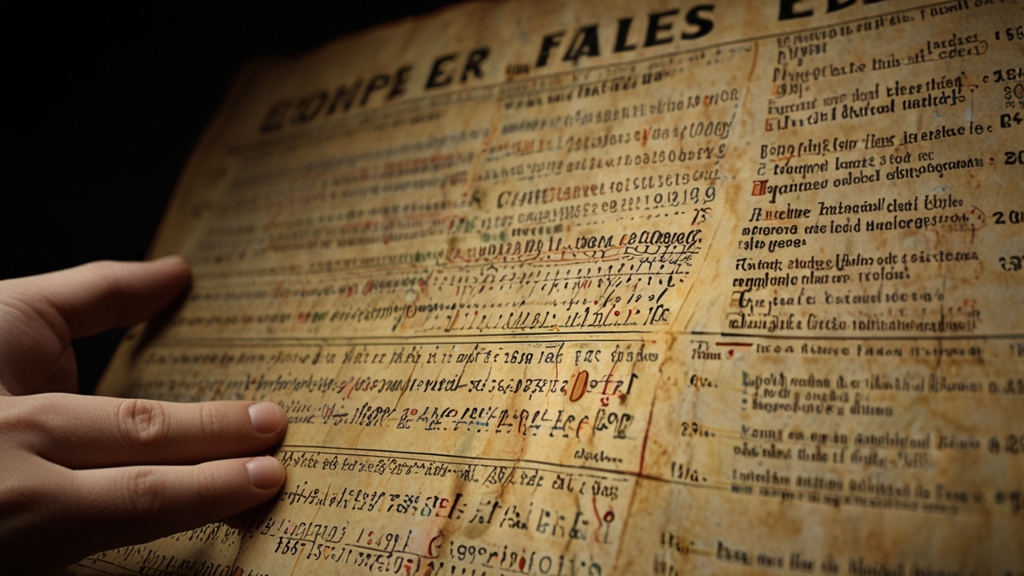From Sodom to Gomorrah: The Cautionary Tales of the Bible
The Bible, a compilation of ancient scriptures, offers significant insight into human nature, morality, and divine judgment. Among its most poignant narratives are those of Sodom and Gomorrah, cities synonymous with sin and destruction. These tales serve as perennial reminders of the consequences that befall societies that deviate from moral paths. Their stories are both fascinating and cautionary, echoing through millennia to teach lessons about virtue, vice, and divine retribution.
The Sinful Cities
In the Book of Genesis, the cities of Sodom and Gomorrah are depicted as epitomes of wickedness. The inhabitants of these cities are described as people indulging in egregious sins, ranging from inhospitality to heinous sexual immorality. This widespread depravity did not go unnoticed by God, who decided that their iniquity had reached its zenith and thus warranted divine intervention.
"Then the Lord said, 'The outcry against Sodom and Gomorrah is so great and their sin so grievous that I will go down and see if what they have done is as bad as the outcry that has reached me. If not, I will know.'" – Genesis 18:20-21
God's concern about these cities' moral corruption led to an extraordinary encounter with Abraham. God revealed His intention to destroy the cities, prompting Abraham to plead for their salvation. His negotiation with God highlights a critical theme: the possibility of redemption if even a few righteous individuals can be found.
Divine Judgment and Destruction
Despite Abraham's pleas, the lack of a requisite number of righteous individuals resulted in the cities' ultimate doom. Two angels, disguised as men, visited Sodom and were welcomed by Lot, Abraham's nephew. The events of that night further confirmed the cities' sinful state. The angels then informed Lot of the impending catastrophe and urged him and his family to flee.
With divine urgency, Lot's family fled to safety as sulfur and fire rained down on the cities, obliterating them completely. The image of Lot's wife, turning into a pillar of salt as she looked back, remains an indelible symbol of disobedience and the peril of longing for a sinful past.
"But Lot's wife looked back, and she became a pillar of salt." – Genesis 19:26
Lessons for Contemporary Society
The narratives of Sodom and Gomorrah transcend their ancient settings, offering valuable lessons for contemporary society. They underscore the dangers of moral decay and the importance of righteousness, hospitality, and compassion. Moreover, these stories illustrate the principles of divine justice and the accountability of communities and individuals for their actions.
While some interpret these tales as parables about divine punishment, others see them as calls to cultivate just and virtuous societies. The timeless message is clear: ethical conduct and adherence to moral values are paramount for the well-being and sustainability of communities.
Conclusion
The cautionary tales of Sodom and Gomorrah are as relevant today as they were in biblical times. They prompt reflection on the moral fabric of our societies and the potential consequences of collective ethical failures. Whether viewed through a religious or secular lens, these narratives remind us of the profound impact of our choices and the enduring need for justice, righteousness, and compassion in our world.








